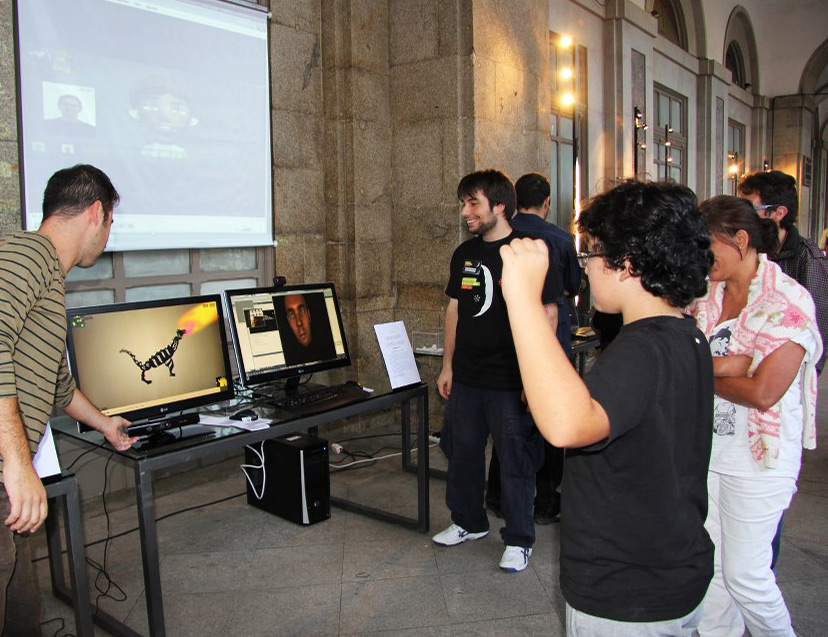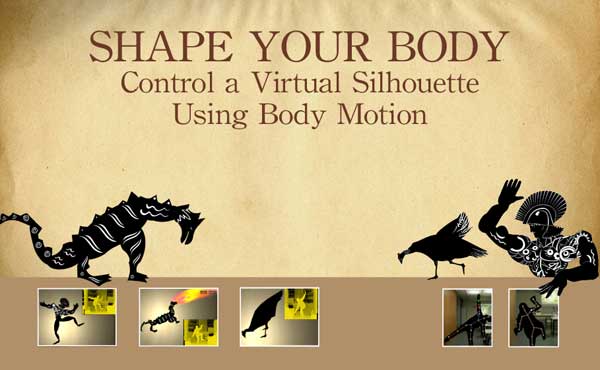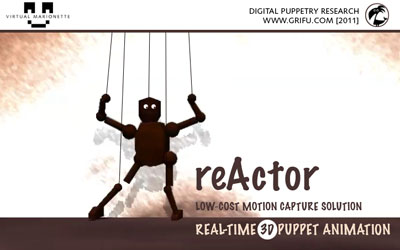INVERSUS – The Sensitive Machine
Inversus is the sensitive machine that makes no sense. An artistic installation exploring interaction with common objects.
Why should a lamp be used only to illuminate?
Lamps, speakers or fans are usually used as output interfaces, what would happen if we turn the output into an input interface? Inversus explores this inversion by using Lamps as light sensors, speakers as pressure sensors and fans as blowing sensors. The main concept of Inversus is to invert the meaning of transmission devices into reception devices. A sensitive machine that capture human interaction to produce sound and visual kinetics. A performing instrument that gives life to a mechanic flower that spins when someone blows into the machine producing an animated shadow like in shadow puppetry. There is also a virtual marionette inside the machine that reacts to the pressure of the pads; this marionette is rigged with bones that are mapped to the pads that make them squash and stretch producing animation. Virtual and real animation is generated based on human interaction. Made from a washing machine this audiovisual instrument makes the sense of things changing by spinning a colorful wheel.
There are 3 different types of interaction
1. by touching 4 color pads that produce sounds in the same manner as when playing a drum (pressure sensitive), the virtual marionette reacts to this interaction by moving the arms and legs
2. by passing with the hands above 3 leds which produce sound like an organ (sound keeps playing until the hand moves away from the led)
3. by blowing a fan the frequency of the sound changes and the flower starts to spin.
Inversus ( Transmission -> Reception)
This is a 3D picture simulating the appearance of the installation

Inversus – interactive installation 3D simulation
Picture from “CHEIA” exhibition at Póvoa de Varzim – Portugal (from 5th till 31th October)






